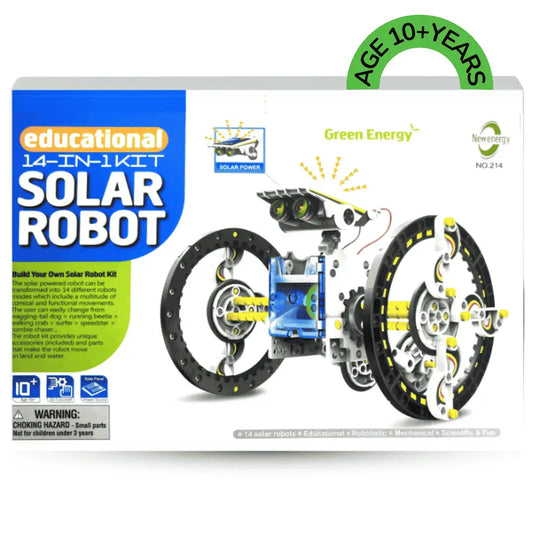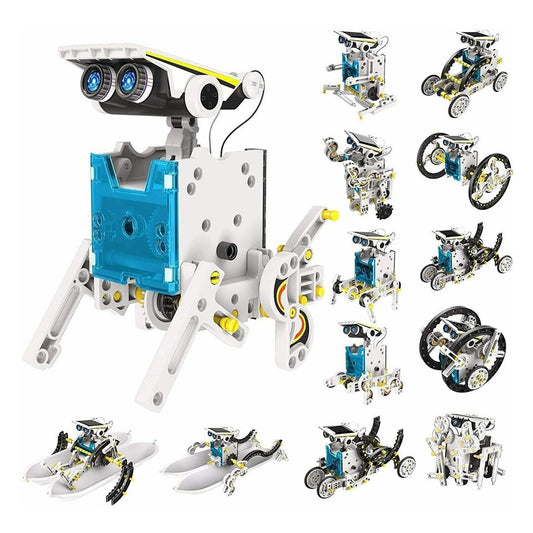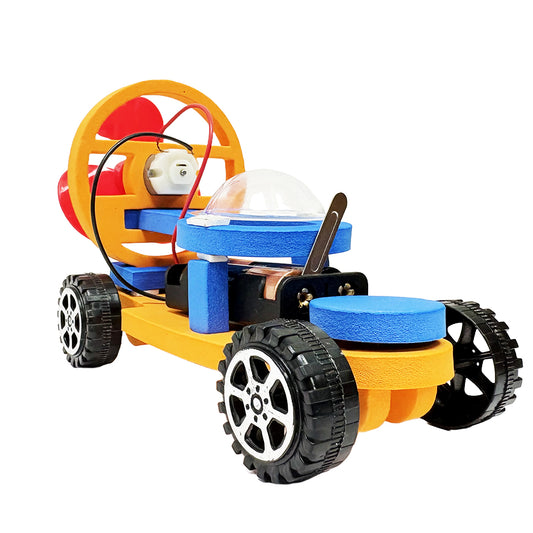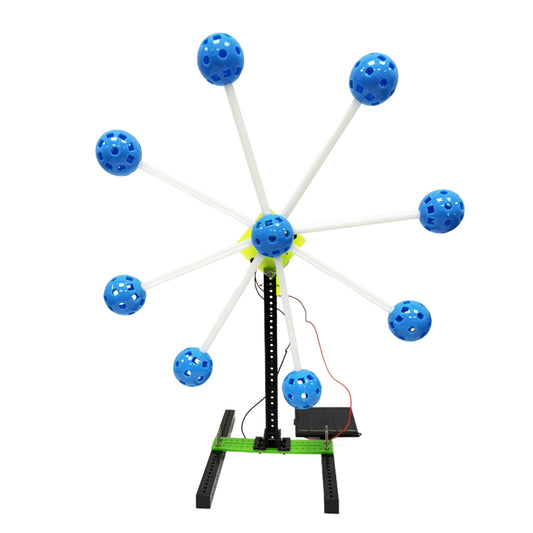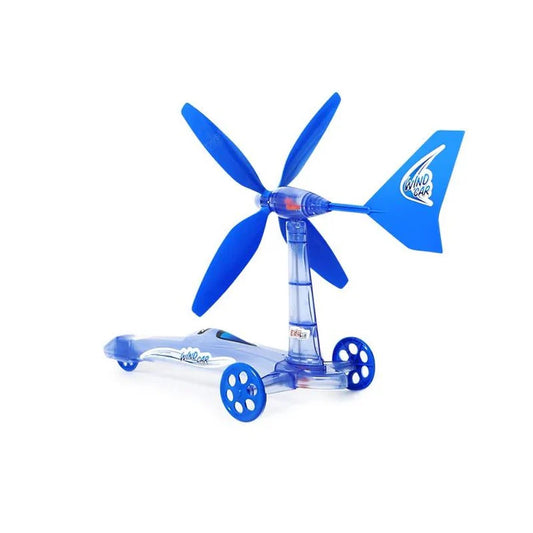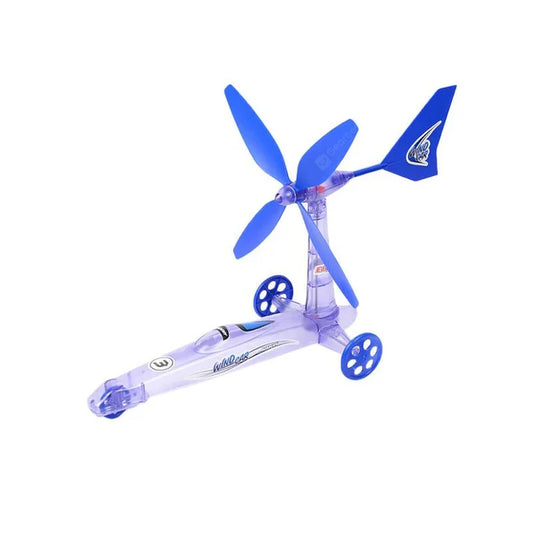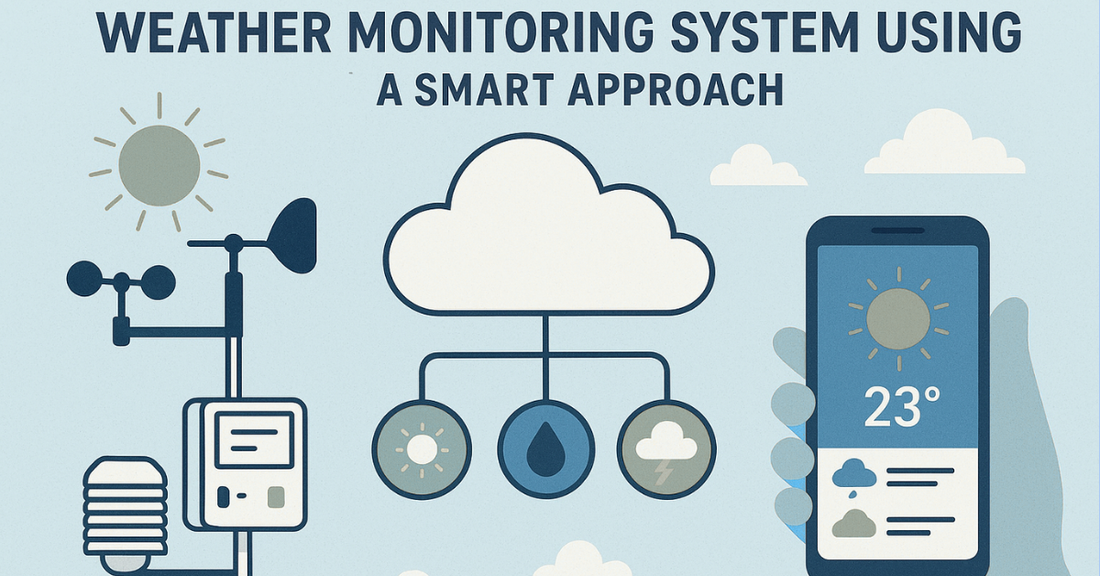
Weather Monitoring System Using IoT: A Smart Approach
IEM Robotics-
Why IoT for Weather Monitoring?
-
Advantages of a Weather Monitoring System with IoT
-
Challenges and Limitations
-
Future of IoT-Based Weather Monitoring
- Conclusion
In today's fast-evolving world, technology has advanced nearly every industry, making them more efficient and intelligent. Weather forecasting is one of those areas that has undergone a significant transformation. Traditional methods of measuring temperature, humidity, or rainfall were typically slow and labor-intensive.
With the advent of Internet of Things (IoT), however, tracking weather has become more precise, real-time, and automated. A weather monitoring system using IoT makes it possible to collect and share accurate weather data seamlessly, transforming the way we predict and respond to environmental conditions.
A weather observation system through IoT is one of the most pragmatic examples that illustrate how IoT is revolutionizing our day-to-day life. Ranging from agriculture and disaster management to smart cities and even personal startups, IoT-based weather stations are changing the way we interact with nature. This blog takes you through the concept, working, applications, and benefits of such a system.
What is a weather monitoring system using IoT?
An IoT weather monitoring system is a networked setup that receives weather data such as temperature, humidity, rain, wind speed, and air quality using smart sensors. The sensors are connected to microcontrollers and cloud platforms, which analyze and forward the data in real time.
Instead of relying on clunky devices or delayed alerts, IoT weather systems offer real-time weather updates through apps, dashboards, or even automated notifications. The system can even be programmed to keep historical records, track trends, and even predict future conditions.
This technology not only improves forecasting but also helps industries and individuals make wiser decisions.
Why IoT for Weather Monitoring?
Weather monitoring has always been essential, but IoT elevates it a notch. The following is why IoT is ideal for this industry:
Real-Time Data: Real-time updates facilitate disaster notifications and effective farm planning.
Remote Access: It is possible to monitor using smartphones or laptops from anywhere in the world.
Automation: There is no need for manual observation. The system automatically fetches and transfers data.
Scalability: From a small IoT Weather Monitoring Station to a citywide system, it expands without any hassle.
Accuracy: IoT sensors are highly sensitive and provide accurate readings.
In short, IoT facilitates faster, intelligent, and reliable weather reporting.
Components of an IoT Weather Monitoring Station
Both hardware and software are incorporated while developing a weather station project using IoT. Below are the required things:
Sensors
- Temperature Sensor (e.g., DHT11, DS18B20)
- Humidity Sensor
- Rain Sensor
- Wind Speed and Direction Sensor
- Air Quality Sensor (optional)
Microcontroller or IoT Board
Arduino, Raspberry Pi, ESP8266, or ESP32 are commonly used.
Connectivity Module
Wi-Fi, GSM, or LoRa modules for transmitting data to the cloud.
Cloud Platform
AWS, ThingSpeak, Google Firebase, or any IoT dashboard for storing and visualizing data.
Power Source
Solar panels or batteries for continuous operation.
Software
Embedded code to collect data.
Cloud-based software or apps to display weather reports.
By combining these components, a fully functional IoT-based weather monitoring system can be created.
Functioning of an iot based weather monitoring system
The system procedure for the weather monitoring system using IoT is efficient but straightforward:
Weather conditions, such as temperature, humidity, and rainfall, are sensed by sensors.
Input data is provided to a microcontroller such as an ESP8266.
The microcontroller processes and transmits the data to the cloud.
The cloud stores and analyzes the data.
The information then becomes apparent in dashboards, apps, or websites.
Alerts or notifications can be sent when conditions cross specified limits.
For example, an alert can be sent whenever the soil moisture level drops below a specified limit. Similarly, a city can issue warnings of flooding if rain sensors detect abnormal levels. .
Weather Station Project: DIY with IoT
A weather station project is an excellent means to learn about IoT and weather monitoring simultaneously. Students, researchers, or hobbyists can assemble one using low-cost components such as Arduino or ESP8266 boards.
Instructions to assemble your own project:
Connect temperature, humidity, and rain sensors to your microcontroller.
Utilize Wi-Fi or GSM modules to facilitate the transfer of data.
Configure a cloud platform such as ThingSpeak for data storage.
Develop a basic program to retrieve information and save it in the cloud.
Display information on a web or mobile app for real-time reporting.
This tiny IoT Weather Monitoring Station can easily scale up to bigger applications such as farms or industrial sites.
IoT-Based Weather Monitoring System in Agriculture
One of the best uses of this system is farming. The weather is a major factor in crop yields and soil conditions. A weather monitoring system using IoT can be of help to farmers by:
Monitoring soil moisture to water optimally.
Alerting them to unexpected rain or drought.
Tracking temperature and humidity for greenhouse farming.
Providing inputs for pest control and fertilizer planning.
For farming, the system saves water, increases productivity, and reduces losses due to unpredictable weather.
iot based weather reporting system
IoT-based weather reporting is a sophisticated setup that not only monitors but also reports. Reports can be daily, weekly, or monthly, depending on the purpose.
Principal features are:
Automated Reports: Eliminates human error.
Historical Data Analysis: This helps identify long-term climate trends.
Open Access: Reports can be made accessible to municipal governments, schools, or businesses.
For example, a coastal town can utilize such a system to prepare evacuation plans during typhoon season.
IoT Weather Monitoring Station for Smart Cities.
Smart cities are incomplete without innovative weather systems. An IoT Weather Monitoring Station in a city can:
Track air quality and pollution levels. .
Track rain to prevent flooding. .
Help traffic management in adverse weather. .
Provide pollution-based health information to healthcare departments. .
Such stations, when connected to the network within the city, form a weather intelligence network that improves safety and well-being.
Weather reporting system using iot in Disaster Management
Weather-driven natural disasters, such as floods, cyclones, and heatwaves, are increasing in frequency due to climate change. A weather monitoring system using IoT can be a valuable tool in such cases:
Provide early warnings by detecting weather patterns.
Enable real-time monitoring of floods and storms.
Help rescue teams with real-time weather conditions.
Reduce losses with quicker decision-making.
To governments and NGOs, these kinds of systems are a lifeline in times of emergencies.
Advantages of a Weather Monitoring System with IoT
Economical: Cheap compared to the traditional weather stations.
Accessibility: Data can be accessed via mobile phones.
Customization: Can be programmed for personal, educational, or industrial uses.
Integration: Compatible with smart irrigation systems, air purifiers, and HVAC systems.
Sustainability: Solar-powered stations reduce energy dependence.
These advantages explain why IoT weather systems are gaining popularity worldwide.
Challenges and Limitations
Of course, as with any technology, there are challenges for a weather monitoring system using IoT:
Connectivity Issues: Remote areas may have poor internet connectivity.
Maintenance: Sensors require periodic calibration and maintenance.
Data Security: Data stored in the cloud needs to be protected from cyber threats.
Initial Setup Cost: Although less than traditional systems, the initial installation of multiple IoT stations can be costly.
But with rapid innovation in IoT and declining sensor costs, these challenges are being addressed slowly.
Future of IoT-Based Weather Monitoring
The future looks promising for weather systems based on IoT. With the use of artificial intelligence and machine learning, such systems will soon be more effective in predicting weather conditions.
Imagine an IoT station network throughout the world, which is connected with satellites and AI models. This would not only help with local weather predictions but also address issues at a global level, including climate change.
Sensors will be further miniaturized, connectivity enhanced by 5G, and seamless integration with smart homes and cars is expected as well.
Conclusion
A weather monitoring system using IoT is more than a technical innovation—it's a necessity for the contemporary world. Whether you're preserving crops for small-scale weather station projects or urban-wide IoT weather monitoring stations, it's altering the way we know and respond to weather.
Whether it's helping farmers salvage crops, enabling governments to manage catastrophes, or simply empowering individuals to have more control over their environment, an IoT-based weather monitoring system has endless possibilities.
Over time, technology will evolve further, and so will the accuracy, accessibility, and efficiency of such systems. Weather intelligence powered by IoT will become an intrinsic part of our daily lives in the near future, making the world a safer, wiser, and greener place.

